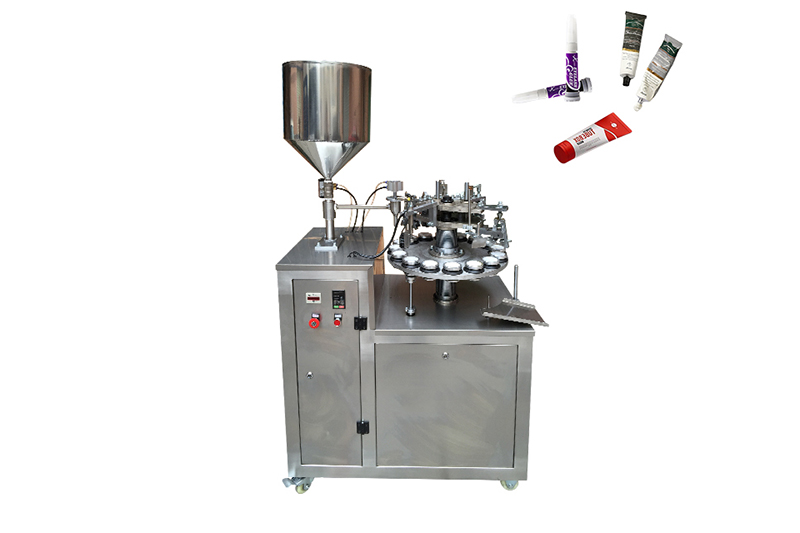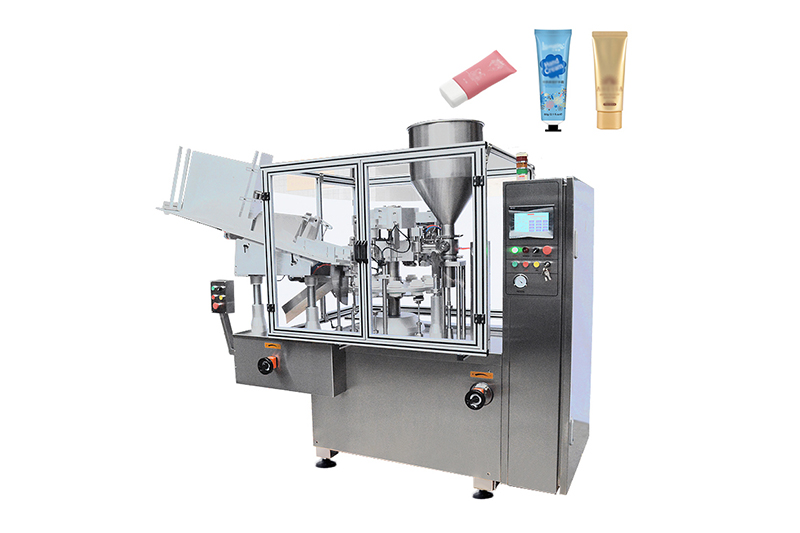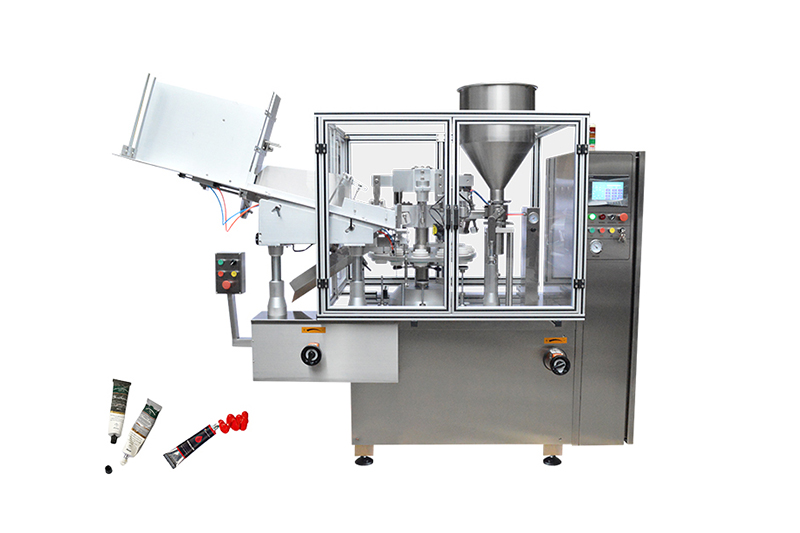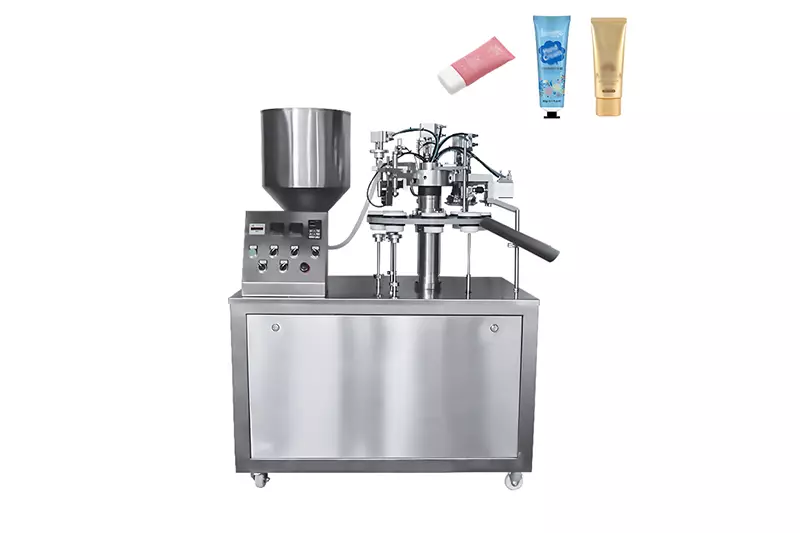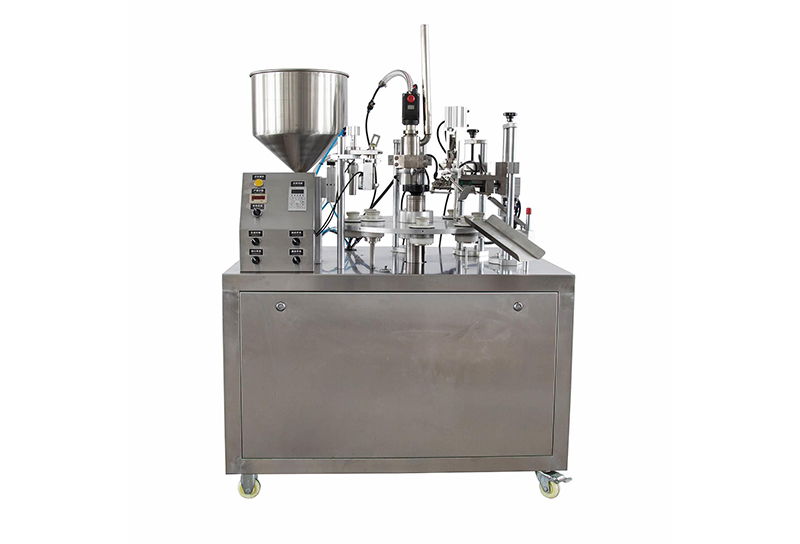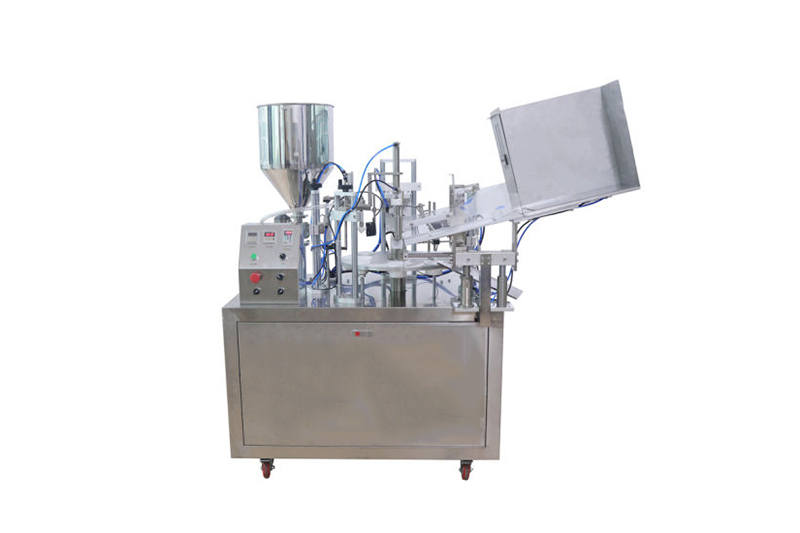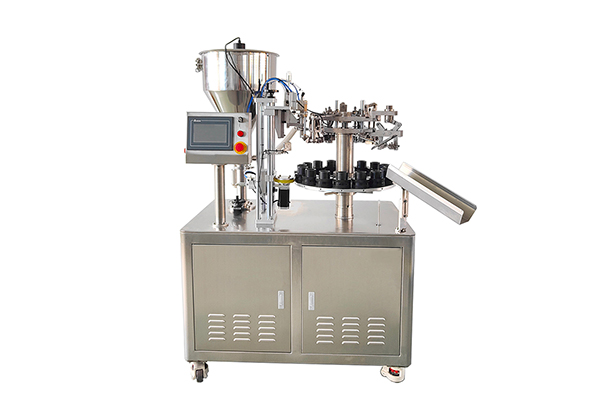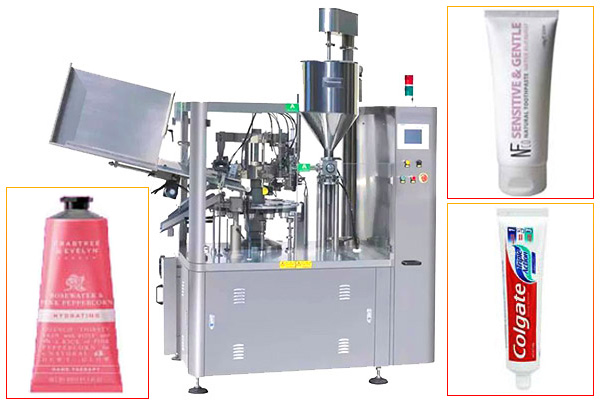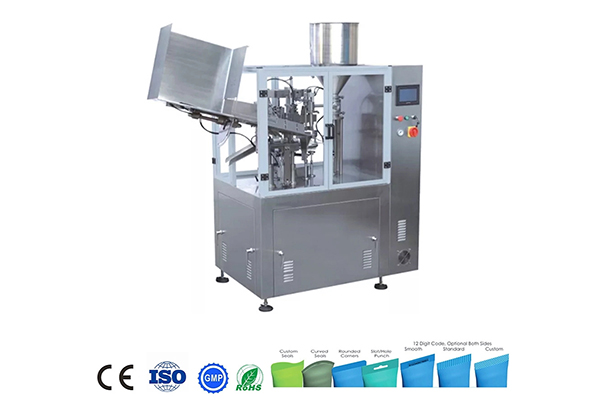In the realm of manufacturing and packaging, efficiency is paramount. From pharmaceuticals to cosmetics, the need for precise and reliable packaging solutions is indispensable. Among the many ingenious innovations in this field stands the tube filling machine, a marvel of engineering that streamlines the process of filling tubes with various substances. In this article, we delve into the intricacies of how these machines operate, shedding light on their inner workings and the role they play in modern production lines.
1. Introduction to Tube Filling Machines
At its core, a tube filling machine is designed to efficiently fill tubes with a wide range of substances, including creams, gels, ointments, pastes, and more. These machines are widely used across industries such as pharmaceuticals, cosmetics, food, and chemicals.
2. The Components of a Tube Filling Machine
A typical tube filling machine consists of several key components, each playing a crucial role in the overall functionality of the system. These components include the tube feeder, filling system, sealing mechanism, coding system, and optional features such as cleaning systems and quality control devices.
3. The Working Principle
The working principle of a tube filling machine is elegantly simple yet highly efficient. The process begins with the feeding of empty tubes into the machine, where they are then positioned for filling. The filling system, equipped with precision dosing mechanisms, accurately dispenses the desired amount of product into each tube. Once filled, the tubes are sealed using heat or pressure, ensuring product integrity and longevity.
4. Types of Tube Filling Machines
Tube filling machines come in various configurations to accommodate different tube sizes, filling volumes, and production requirements. Common types include vertical tube filling machines, horizontal tube filling machines, and rotary tube filling machines, each offering unique advantages depending on the application.
5. Quality Control and Assurance
In modern manufacturing, quality control is non-negotiable. Tube filling machines are equipped with advanced sensors and monitoring systems to ensure accurate filling volumes, proper sealing, and overall product consistency. Additionally, many machines feature integrated coding systems for batch traceability and regulatory compliance.
6. Advantages of Tube Filling Machines
The benefits of using tube filling machines are manifold. Not only do they streamline the packaging process, but they also improve efficiency, reduce waste, and enhance product quality and consistency. Furthermore, these machines are highly versatile and can be easily integrated into existing production lines.
7. Conclusion: Revolutionizing Packaging Solutions
In conclusion, tube filling machines represent a significant advancement in packaging technology, revolutionizing the way various substances are packaged and distributed. With their precise dosing capabilities, robust construction, and advanced features, these machines are indispensable assets for manufacturers across industries.
Ready to elevate your packaging process to the next level? Discover the unparalleled efficiency and reliability of tube filling machines today. Contact us to learn more about our cutting-edge solutions and how they can benefit your production line.
In the ever-evolving landscape of manufacturing, innovation is key. With tube filling machines, you can stay ahead of the curve and meet the demands of today’s dynamic market with confidence.

